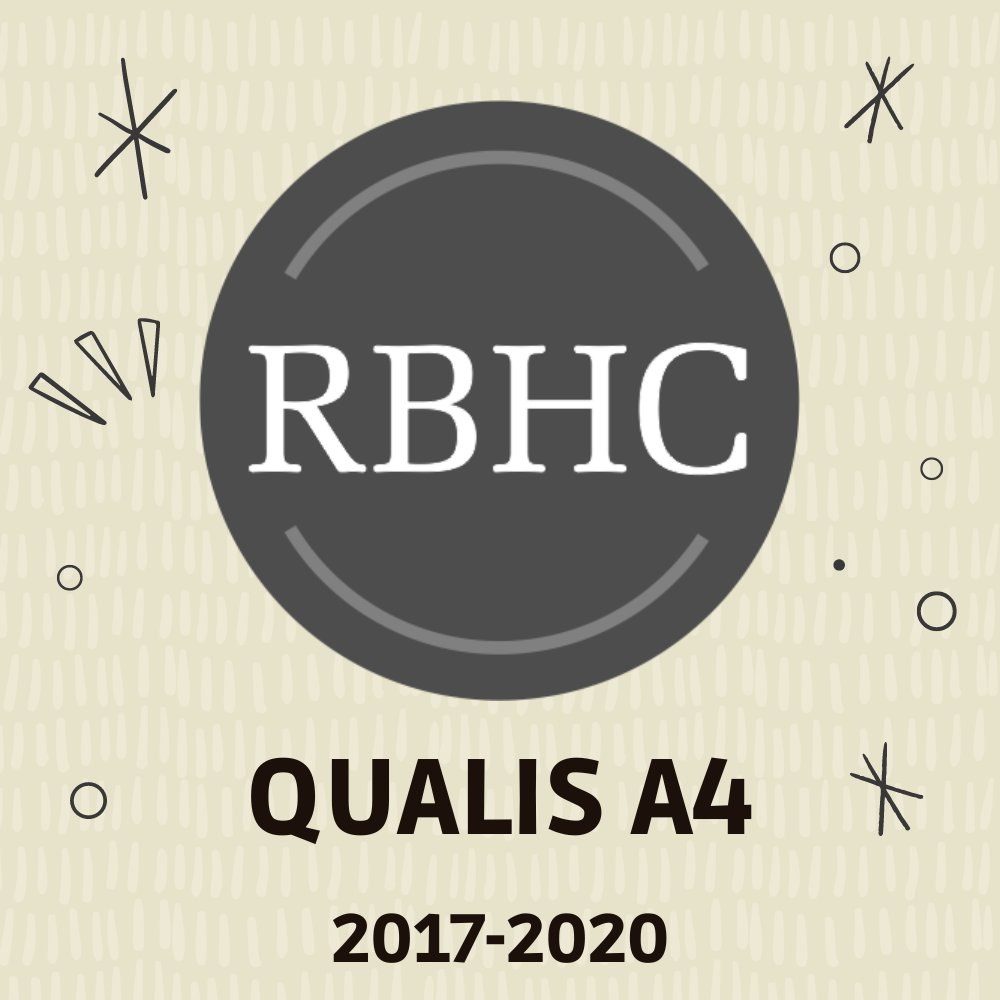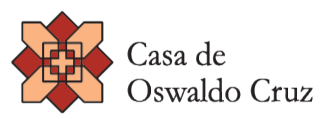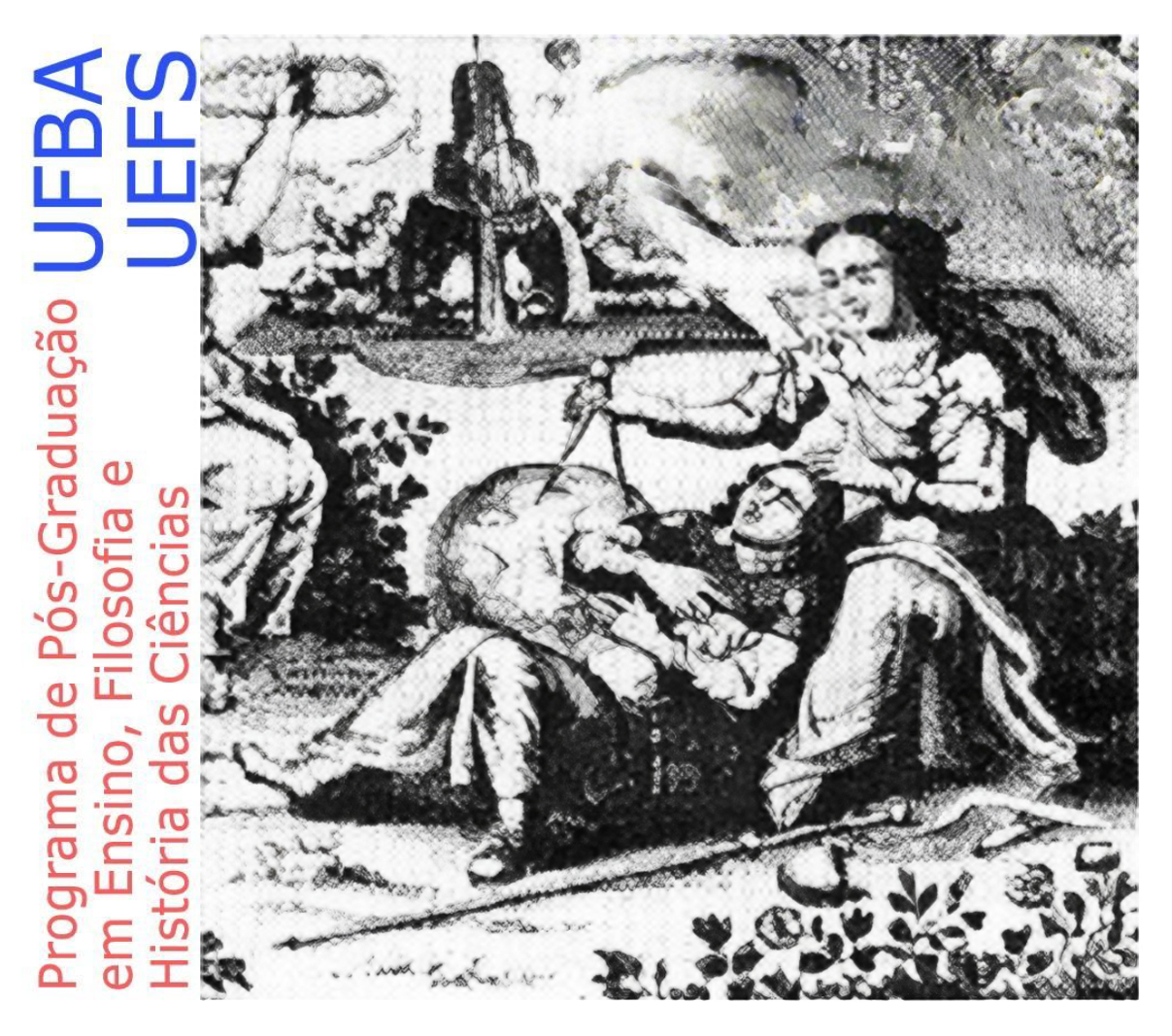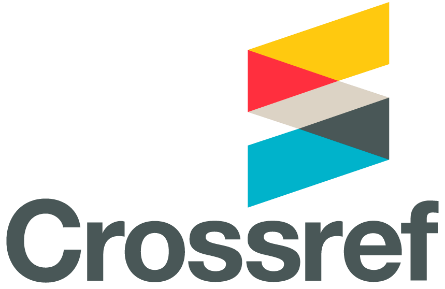Science and religion in conflict in the classroom
historical episodes as opportunities for teacher training
DOI:
https://doi.org/10.53727/rbhc.v9i2.168Keywords:
science and religion, science teaching, teacher training, history of science in teachingAbstract
Classroom conflicts involving the theory of evolution and creationism have been discussed in science teaching research. In general, the literature analyzes situations and beliefs that promote cultural intolerance and certain cognitive dissonances with respect to scientific contents. In addition, some studies show that a significant part of students, from different levels, and even science teachers, present a simplistic view of the relationship between science and religion. These issues have extrapolated the walls of biology, when evolutionary issues are brought to the classroom while teaching the law of universal gravitation, heliocentrism, and the Big Bang Model. A demand for this theme is presented from an autobiographical narrative in which a physics teacher was approached with questions that transcended physics itself. Thus, this paper analyzes the question through the current research literature on science teaching and suggests approaches based on the history of science as possible methodological strategies to deal with challenges, besides promoting reflections on the nature of science. Historical approaches involving the scientific and religious conceptions of Isaac Newton and Charles Darwin were chosen because they embraced themes that emerge in such classroom debates and because they are present in several official recommendations for science teaching. Pointing out elements to help educators to live this experience is one of the objectives of this paper. Thus, in addition to presenting results in the scope of academic research, it also turns to teachers in initial or continuing training, as well as to their trainers, as inspiration and suggestion of didactic materials and referrals.
Downloads
Downloads
Published
Issue
Section
License

This work is licensed under a Creative Commons Attribution-NonCommercial-NoDerivatives 4.0 International License.



















